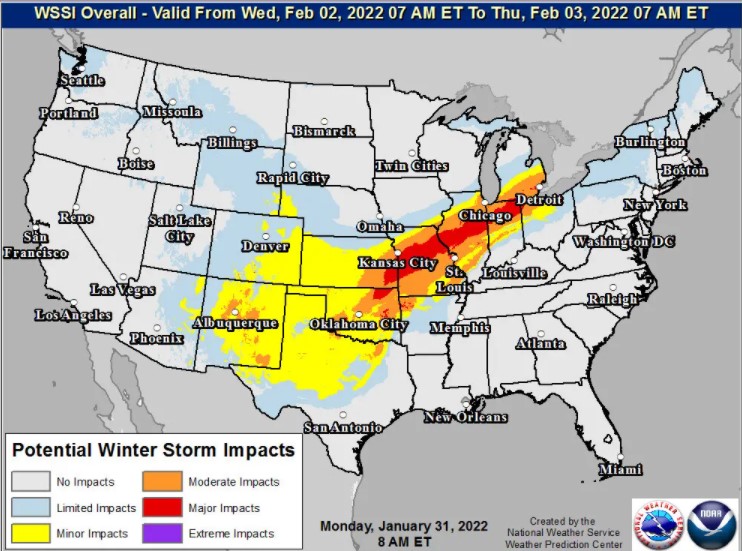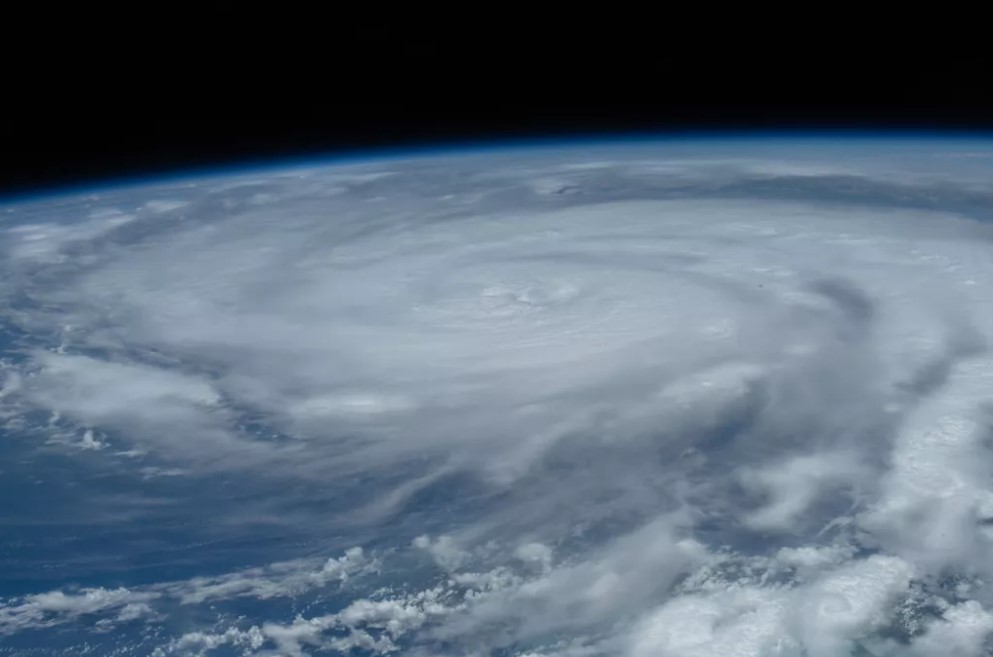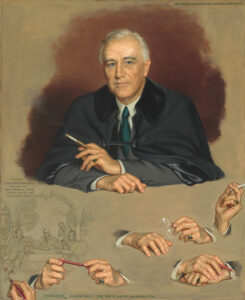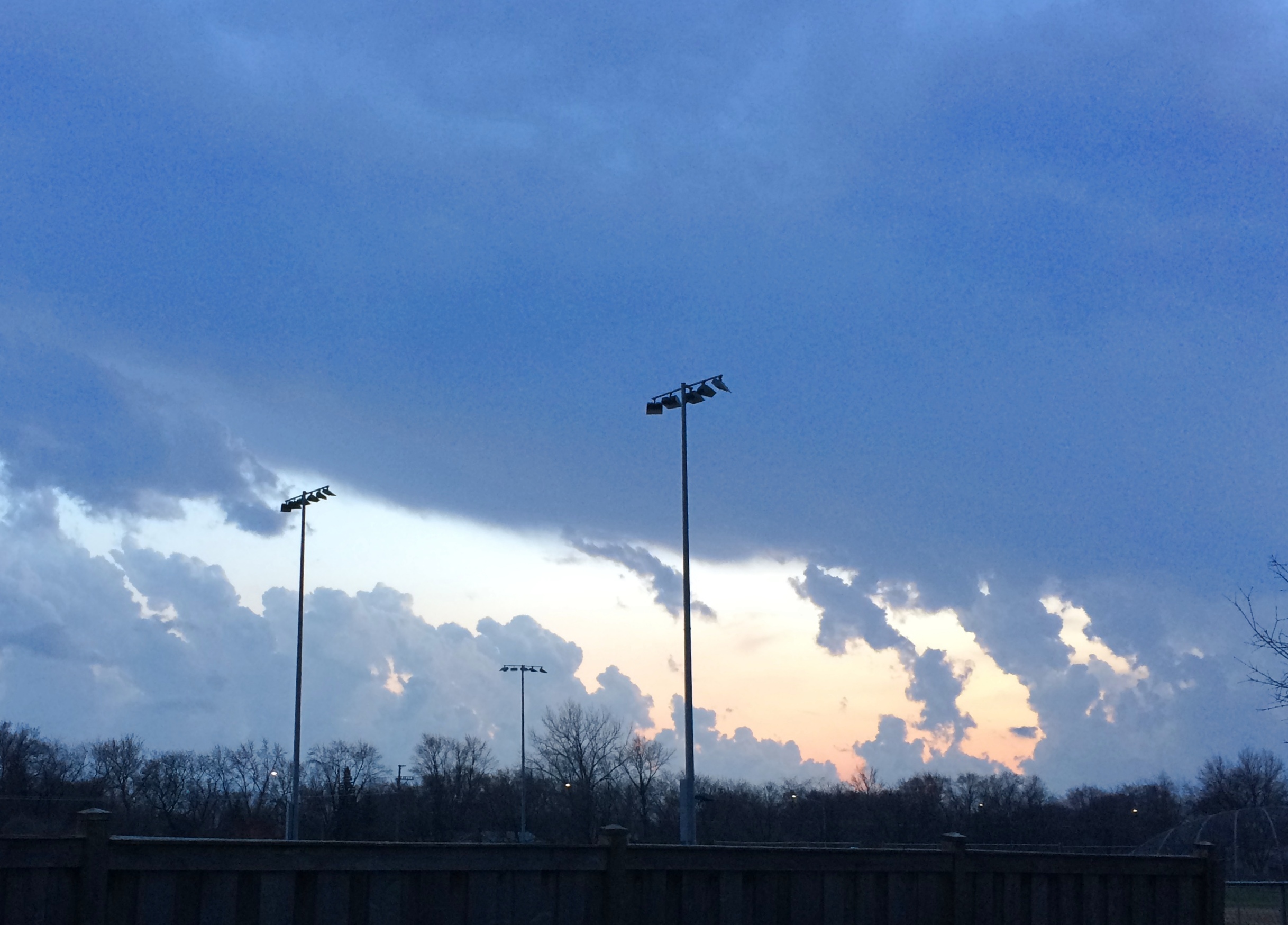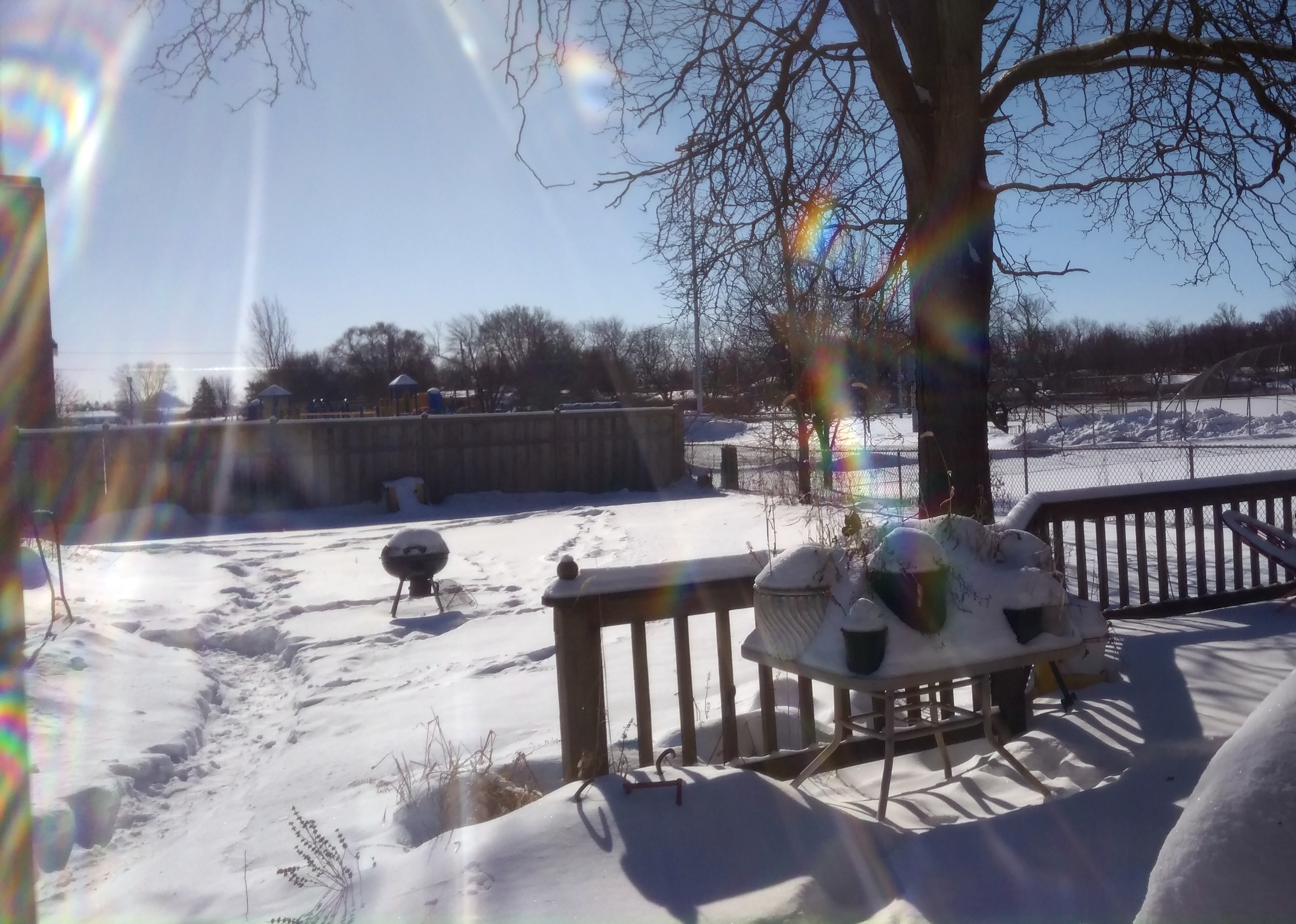Turns out that a lot of information about an airplane is readily available via its registration number, typically found on the fin. If I’d thought about it, I probably would have realized that before, but it isn’t something I ever had much interest in, until I decided to look up the number on this aircraft.
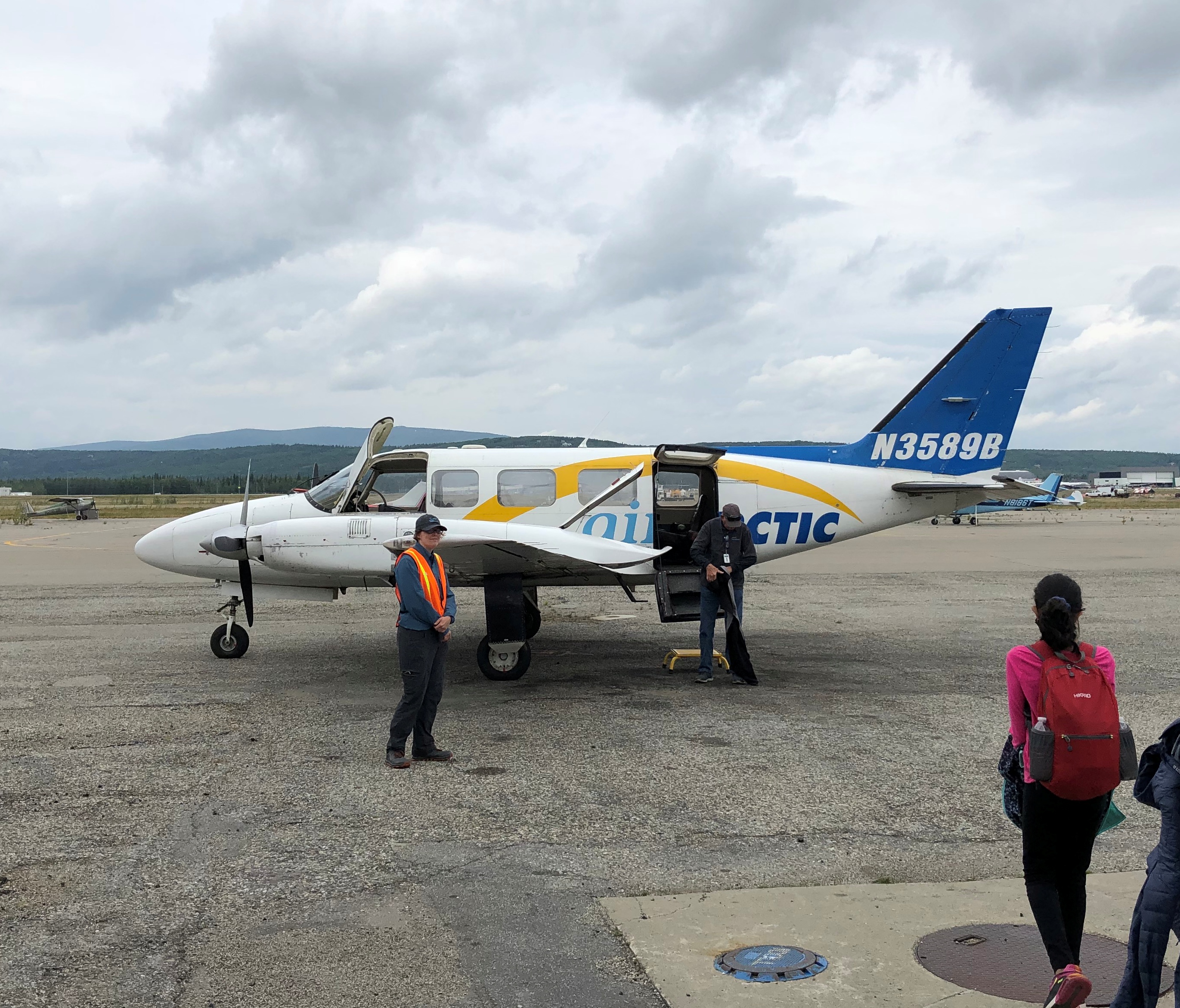
N3589B tells me that it’s a Piper PA-31 Navajo Chieftain manufactured in 1980 and owned by tour operator Air Arctic since 2007, with 310-horsepower Lycoming TIO-540 engines.
“Stretched version of the Navajo with more powerful 350-hp (261-kW) counter-rotating engines (a Lycoming TIO-540 and a Lycoming LTIO-540) to eliminate critical engine issues,” Wiki says.
Italics mine, since critical engine issues were the last thing I’d have wanted during my flight from Fairbanks to Coldfoot, Alaska (pop. 10), last Tuesday. Of course nothing untoward happened. There wasn’t even that much turbulence.
There was a chance that we might not have made it to Coldfoot, however. Not long before boarding the plane, a tour company employee told us that visibility was poor in Coldfoot, with low clouds and rain. If those conditions persisted, landing in Coldfoot might be impossible, since the place only had a simple airstrip with no instruments. Such are the vagaries of an Alaskan summer.
In that case, our flight would be diverted to Bettles, where an instrument landing would be possible. Bettles (pop. 12), founded during the 1898 Alaska gold rush and currently location of a lodge devoted to Arctic tourism, is also above the Arctic Circle, but not on the Dalton Highway, so we would have to return by air rather than tour bus.
We all said that we understood this was possible, and agreed to proceed.
The pilot was this fellow, Steve. He posed for pictures after the flight with all of the groups on board: a couple, a family of four and me. He has some years on me, which I counted as a good thing. You know what they say about old pilots and bold pilots.
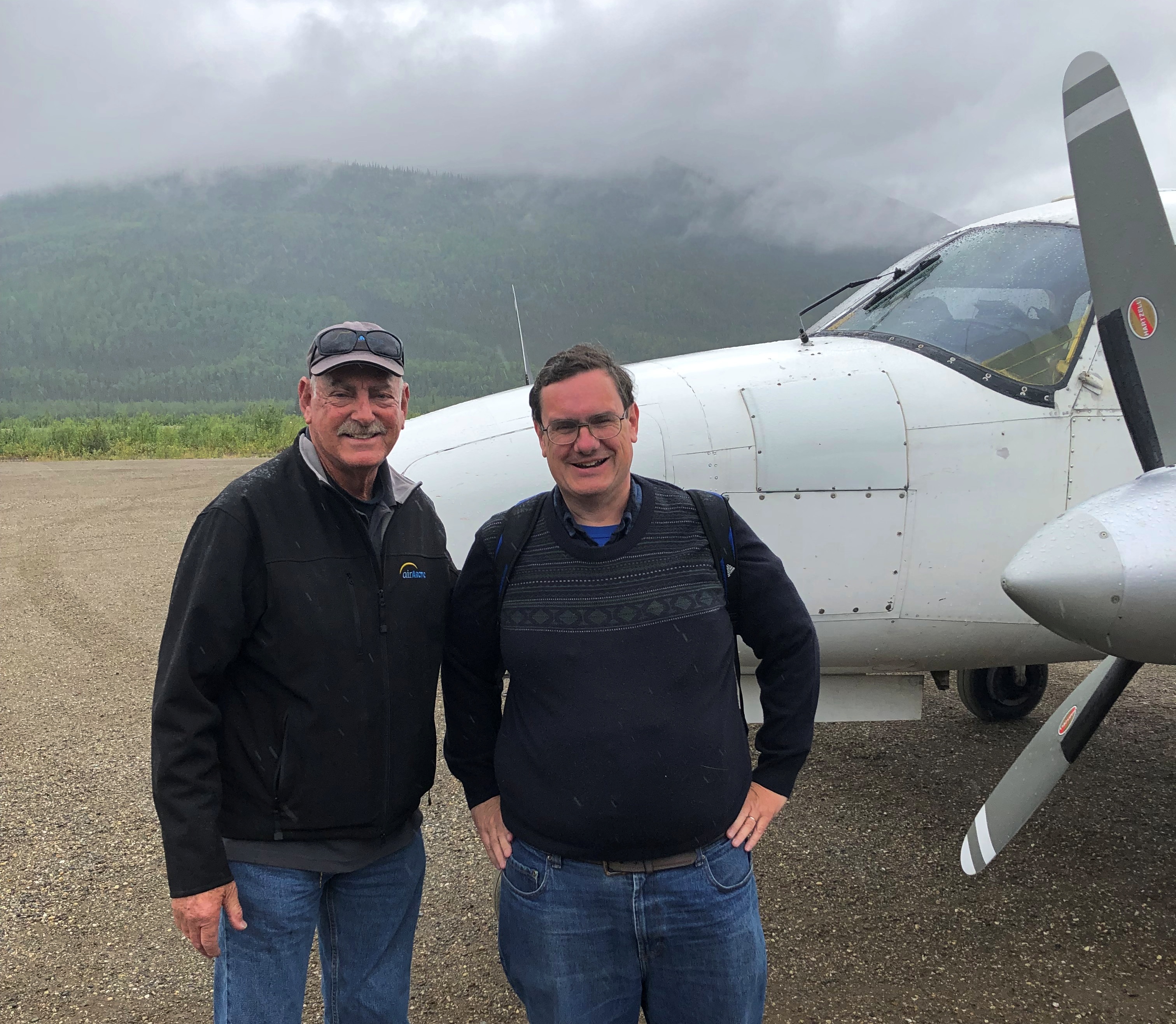
I sat in the back of the plane. When I called for a reservation about a month earlier, the woman taking my information asked me my weight. I gave as honest answer as I could, considering I don’t weigh myself regularly. I suspect I earned by position in back by being the fattest of the passengers, but I didn’t ask.

That was before we all put on earphones, so we could hear the pilot talking to us, and not hear the roar of the engines. I listened to the engines for a few seconds, and they did roar — too much to put up with for the full hour and ten minutes of the flight.
Off we went.

Because I was by myself in the back, with the seat next to me empty, I could look out of both windows. For a while out of Fairbanks, the view was pretty good. Such as of the expansive Tanana River, south of town.
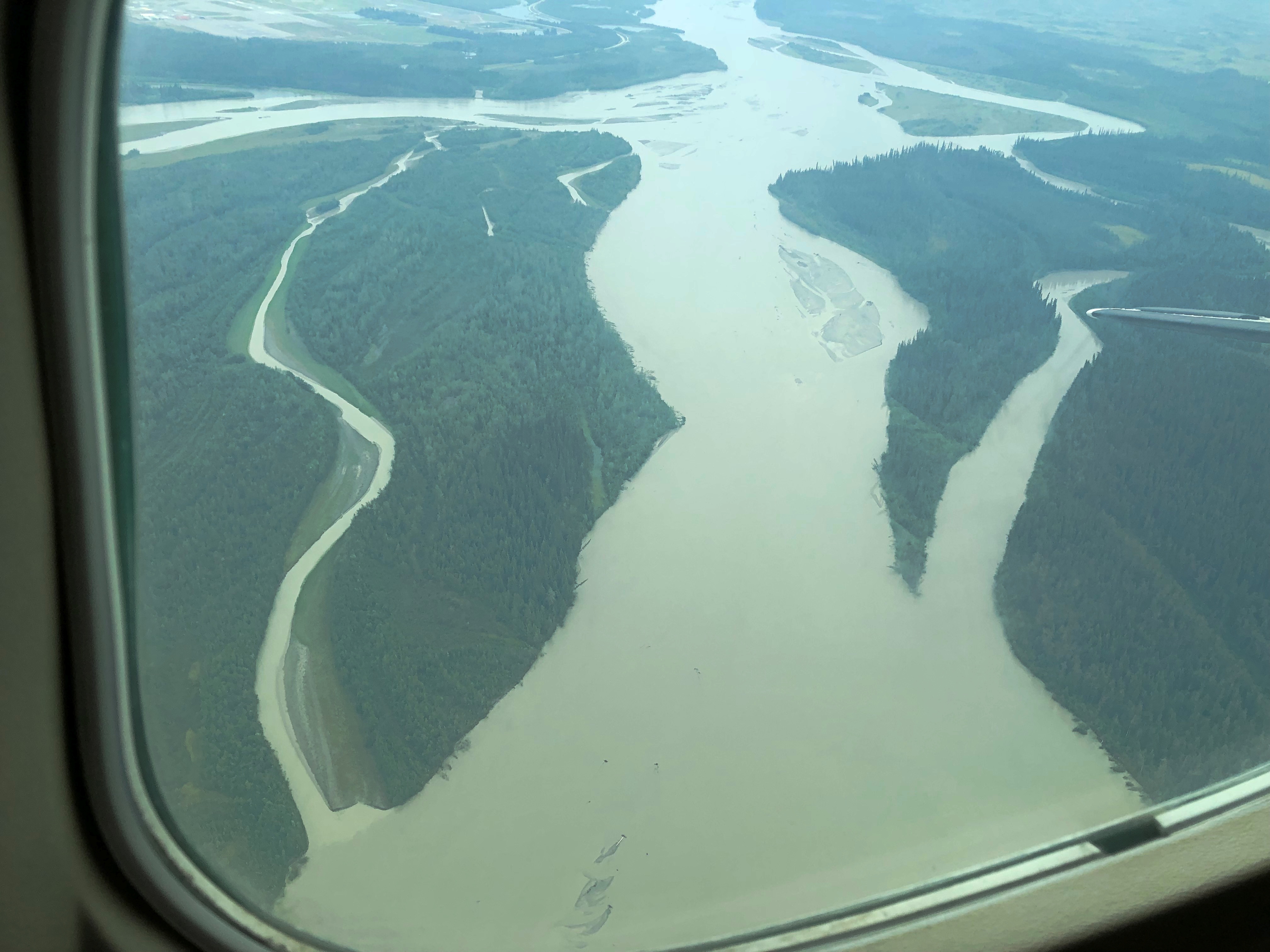
The pilot mentioned the name of this place, but I’ve forgotten it.

We also had a view of the Alaska Pipeline for a while, but soon everything clouded over, and the views looked like this for a time.

No matter. The thrill was still there. We spent much of the flight at 6,000 or 8,000 feet, above the clouds. Air-traffic control chatter was audible through the earphones, and I could see the altimeter clear enough all the way in the back. Guess that’s something that really needs to be visible. There was a fair amount of air traffic over the Alaskan bush, including a medevac in progress, though I couldn’t make out from where to where. Guess bush planes are the main way to get around this wilderness.
Most of the way into the flight, the pilot pointed to a display on the control panel — that I couldn’t see much from back in the back — that told us we were flying over the Arctic Circle. We were still over cloud cover. “It isn’t like you’d see a line on the ground anyway,” he said.
We flew near Bettles, within sight of the airstrip, in case we needed to land there. But pilot Steve reported good visibility ahead, and the ground at Coldfoot confirmed tolerable weather, so on we went for a landing. The landing strip was wet with recent rain, with temps in the 50s F.
In full, the place is Coldfoot Camp, at Mile 175 on the Dalton Highway, and roughly 55 miles above the Arctic Circle. It too was originally an ephemeral gold rush camp, much later (1970) repurposed as a camp for the construction of the Alaska Pipeline. Later still (as it is now) it’s a truck stop for the traffic on the Dalton, founded by Iditarod champion Dick Mackey. Last gas for 240 miles.

For me, and of interest to no one else, Coldfoot now marks the furthest north I’ve ever been, besting Vyborg, Russia, where we stopped briefly in 1994. Coldfoot is at 67°15′ 5″ N, 150°10′ 34″ W. Actually, the day before, Fairbanks bested Vyborg, but never mind.
Coldfoot is a utilitarian place.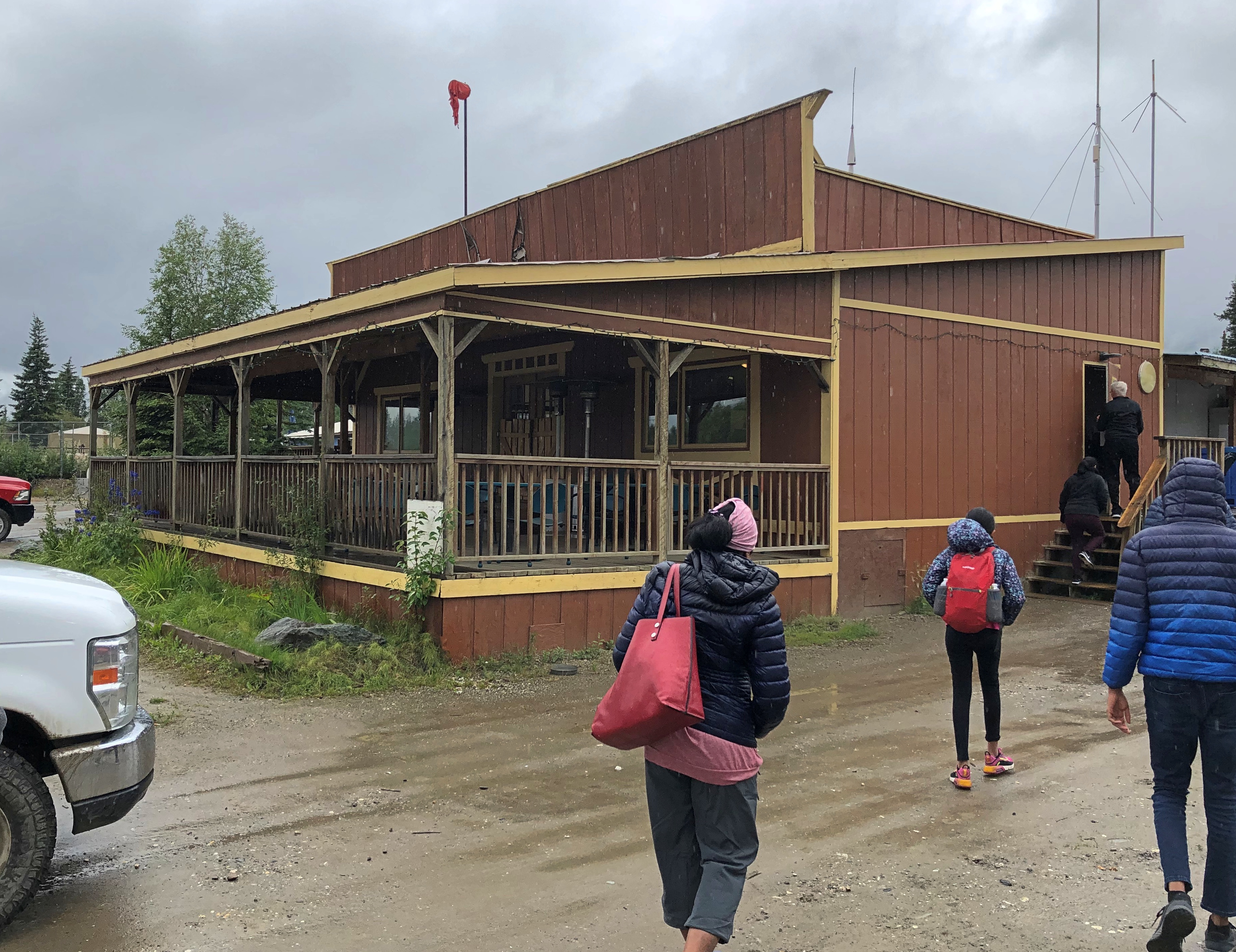

Boasting the northernmost bar in the USA, at least according to our guide (not the pilot, but someone also named Steve, who later drove our bus south).

It’s a claim I haven’t checked thoroughly, except to note that it would be unwise to have a bar up near Prudhoe Bay among the oilfield workers, and in fact Deadhorse is a dry town. Barrow (Utqiaġvik) is what the Alaskans call a “damp” town. No alcohol for sale, but you can bring your own. This map seems to confirm Coldfoot’s northernmost-bar status, though it doesn’t seem to be up-to-date about Barrow.
We ate lunch in the barroom, meals we’d ordered back in Fairbanks and which the tour operator faxed to Coldfoot. I had a decent fish sandwich and fries. Elsewhere in the complex was a dining room occupied mostly by truckers, a kitchen, a snack counter and a gift shop, and outbuildings that seemed devoted to truck and aircraft maintenance (Alaska DOT has a facility there). I understand that spartan rooms are available for rent in Coldfoot as well.
One wall included a place for stickers. People come from all over to visit Coldfoot, just like I did. Note that Buc-ee’s is in Alaska, in spirit anyway.

There’s also a post office, adjacent to the main complex, open three days a week — not the day I was there.

Still, the slot is always open, and I dropped in eight cards that I’d written earlier while waiting for the plane: two to Illinois, two to Texas, two to Tennessee and one each to Massachusetts and New York, with the promise they would be picked up the next day. We shall see how long delivery takes.
